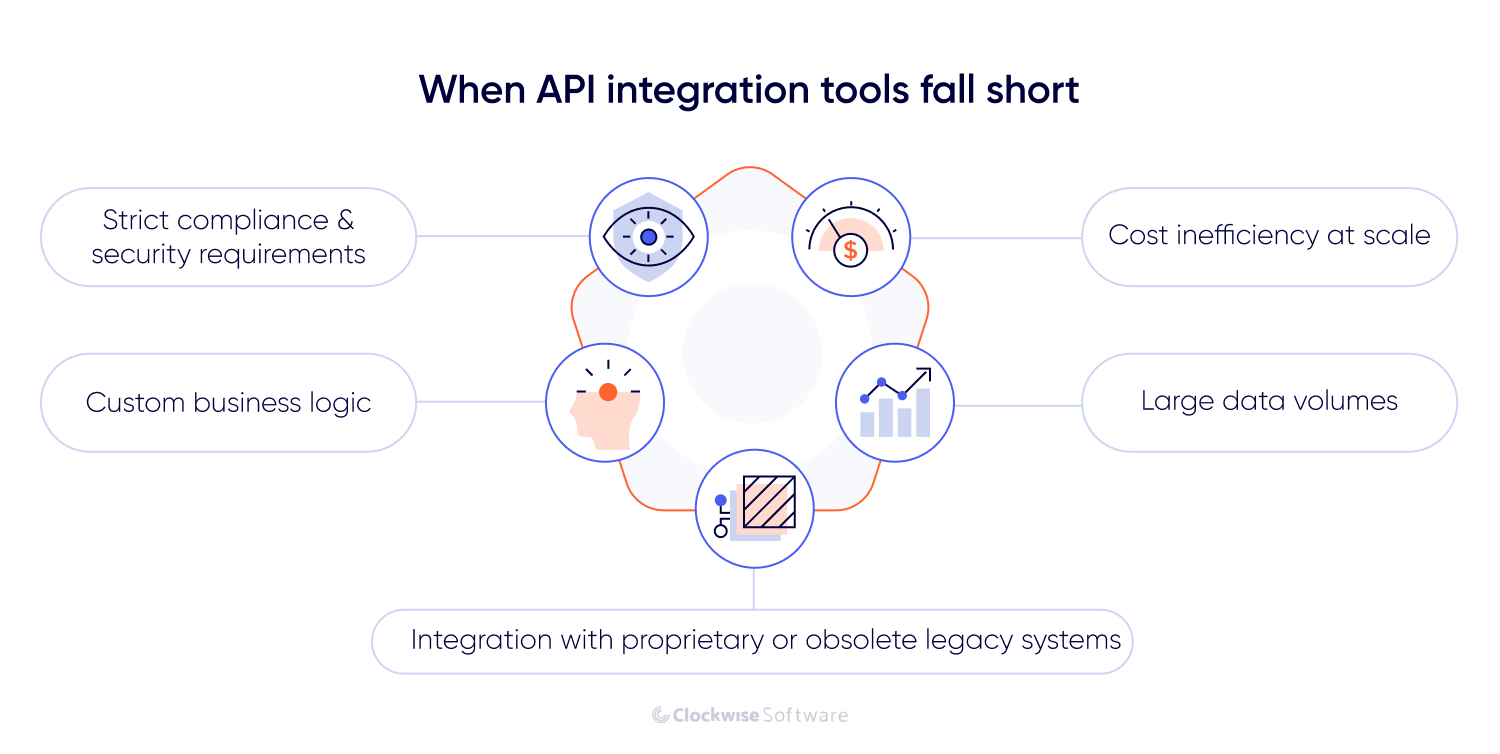Understanding the Need for API Integration Tools
In today’s interconnected world, businesses rely heavily on Application Programming Interfaces (APIs) to exchange data and functionality between different software systems. Manually connecting these APIs can be a time-consuming and error-prone process, demanding significant technical expertise. This is where API integration tools come into play, simplifying the process and allowing developers to focus on building core applications rather than wrestling with intricate connections.
What API Integration Tools Offer
These tools provide a range of features designed to streamline API integration. They offer functionalities like automated code generation, visual workflow builders, pre-built connectors for popular APIs, robust error handling, and security features. This means less manual coding, faster integration times, and a more reliable connection between your systems.

Choosing the Right Tool for Your Needs
Selecting the appropriate API integration tool depends heavily on your specific requirements. Factors to consider include the complexity of your integrations, the number of APIs you need to connect, your existing infrastructure, your team’s technical skills, and your budget. Some tools are better suited for simple integrations while others cater to complex enterprise-level needs.
Top Features to Look for in an API Integration Tool
When evaluating different tools, prioritize features that enhance efficiency and reliability. Look for intuitive interfaces, robust monitoring capabilities for real-time insights into data flow, support for various API protocols (REST, SOAP, GraphQL), and comprehensive documentation. Security is also paramount; ensure the tool provides features like encryption and authentication to protect sensitive data.
Popular API Integration Tools: A Quick Overview
The market offers a diverse range of API integration tools, each with its strengths and weaknesses. Some popular choices include Zapier, which excels in its ease of use and no-code approach, making it ideal for non-developers. For more complex integrations, tools like MuleSoft Anypoint Platform provide a comprehensive suite of features for enterprise-level integration needs. Other noteworthy options include Dell Boomi, IBM App Connect, and Microsoft Azure Logic Apps, each offering a unique set of capabilities to address various integration challenges.
Beyond the Basics: Advanced Integration Capabilities
Many advanced API integration tools offer capabilities beyond basic connectivity. These include features like data transformation, allowing you to reformat data as needed before it’s passed between systems. Real-time data synchronization ensures consistent data across multiple platforms. Furthermore, intelligent routing directs data to the appropriate systems based on predefined rules, improving efficiency and reducing errors. These advanced features significantly improve the overall integration process and system performance.
The Impact on Business Operations
Successful API integration using the right tools directly impacts business efficiency and productivity. Automated workflows reduce manual tasks, leading to significant time savings. Real-time data access improves decision-making capabilities, empowering businesses to act faster and more effectively. Seamless data flow between different systems eliminates data silos, fostering better collaboration and improved data integrity.
Future Trends in API Integration Tools
The field of API integration is constantly evolving. Expect to see increased adoption of low-code/no-code platforms, making API integration accessible to a wider range of users. AI and machine learning will play a greater role in automating tasks such as error detection, data mapping, and performance optimization. The focus will continue to be on improving security and ensuring compliance with data privacy regulations.
Making the Most of Your API Integration Strategy
Investing in the right API integration tools is a crucial step toward building a robust and scalable infrastructure. Remember to carefully assess your needs, compare different tools, and choose a solution that aligns with your budget and long-term goals. By leveraging the power of API integration tools, businesses can unlock the full potential of their data, improving efficiency, boosting productivity, and gaining a competitive edge in today’s dynamic market. Please click here for a list of API integration tools.

